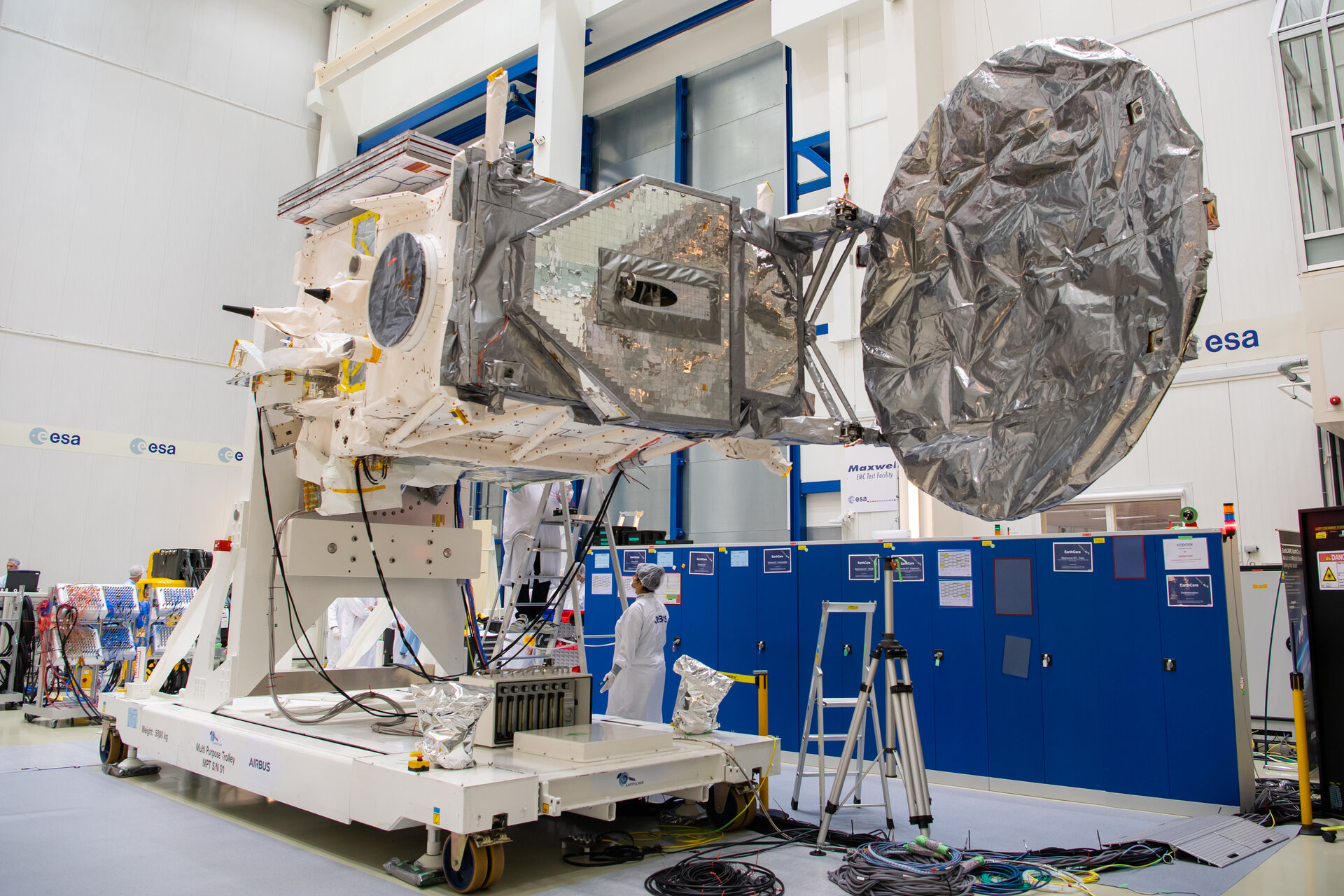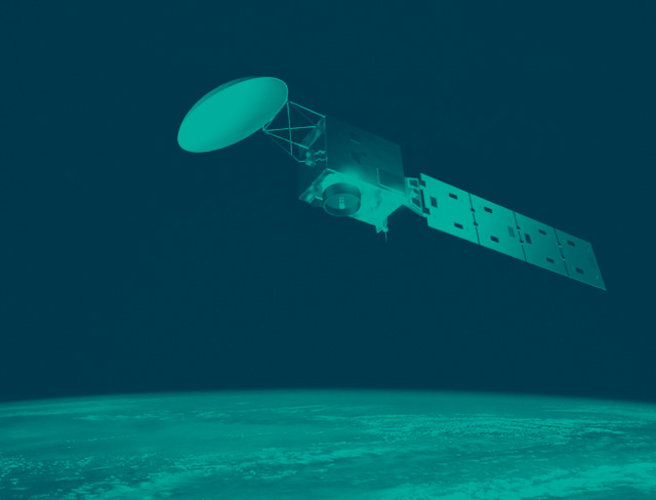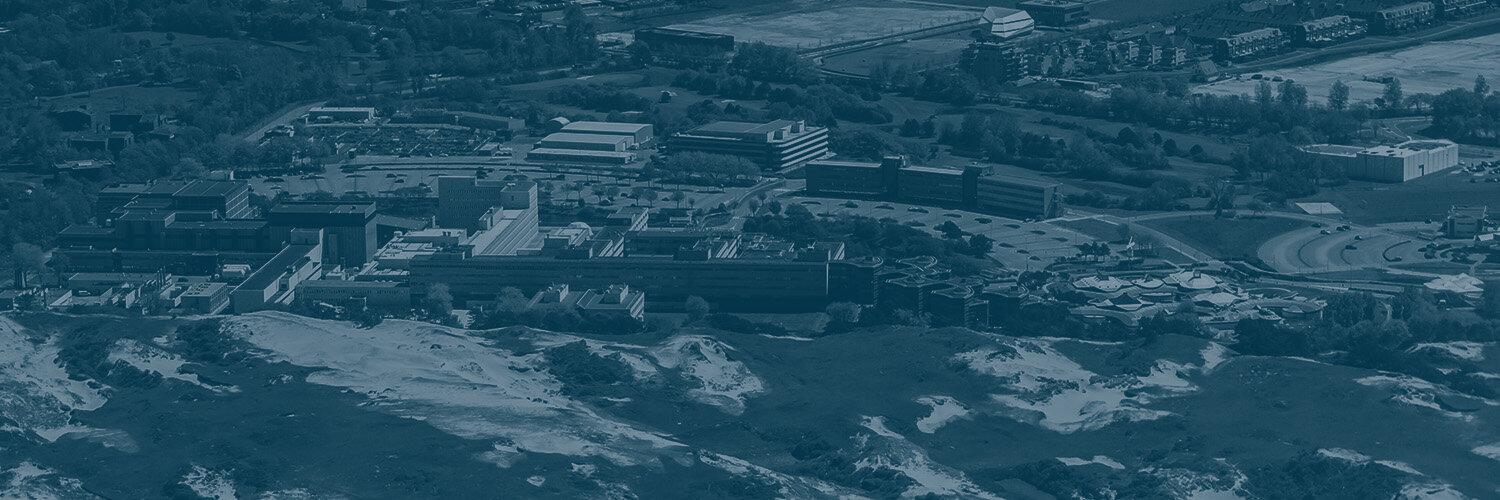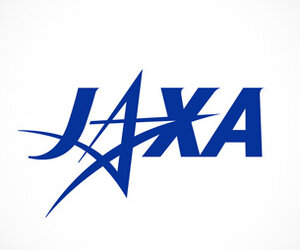Facts and figures
Launch
2024
Launcher
SpaceX Falcon 9 from Vandenberg in California, US
Satellite and instrument size
Three-axis stabilised platform, 17.2 m long (including 11 m long solar array), 2.5 m wide and 3.5 m deep
Mass
2200 kg (including a maximum of 310 kg fuel)
Instruments
Cloud Profiling Radar, Atmospheric Lidar, Multispectral Imager, Broadband Radiometer
Power
1.7 kW (end-of-life orbit average); deployable solar array (five panels) with GaAs triple junction cells; 324 Ah Li-ion battery
Orbit
Polar, dawn-dusk, Sun-synchronous with a descending node at 14:00, at altitude of 393 km inclined at 97 degrees, repeat cycle of 25 days
Life
Minimum of three years, including six months of commissioning, with consumables to allow for at least one year extension of operation
Communication
Tracking, telemetry and command data via S-band uplink to Kiruna (SE), North Pole (US) and Troll (Antarctica/NO). Science data transmitted via X-band downlink to Kiruna (SE) and Inuvik (Ca)
Mission control
ESA’s European Space Operations Centre (ESOC) in Darmstadt (DE)
Mission management
ESA’s Centre for Earth Observation (ESRIN) in Frascati (IT)
Data processing
ESA’s Centre for Earth Observation (ESRIN), in Frascati (IT)
Japan Aerospace Exploration Agency (JAXA) (JP)
Scientific goals
To measure the 3D structure of cloud and aerosols, together with collocated observations of solar (shortwave) and terrestrial (thermal) radiation to shed new light on the role that clouds and aerosols play in regulating Earth’s temperature
Project and commissioning
Managed at ESA’s European Space Research and Technology Centre (ESTEC) in Noordwijk (NL)
Prime contractor
Airbus (DE)














